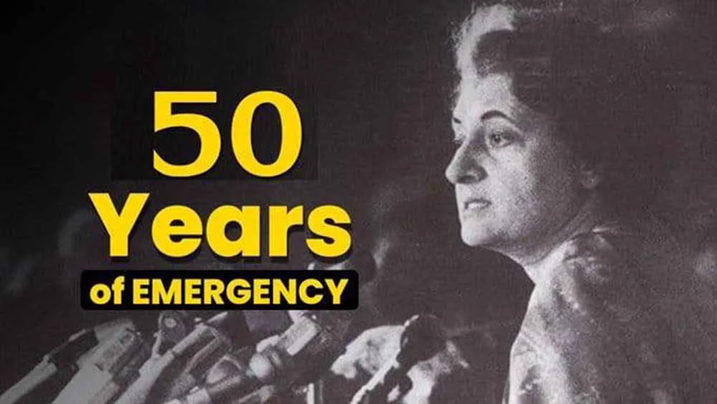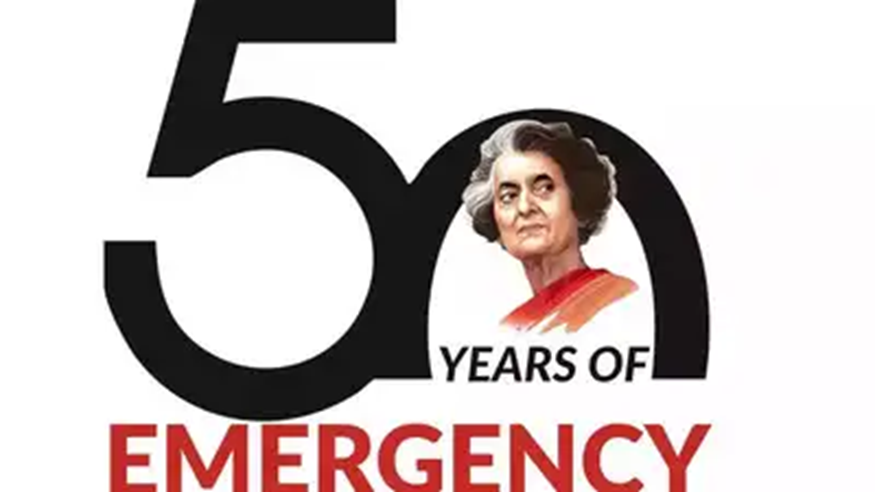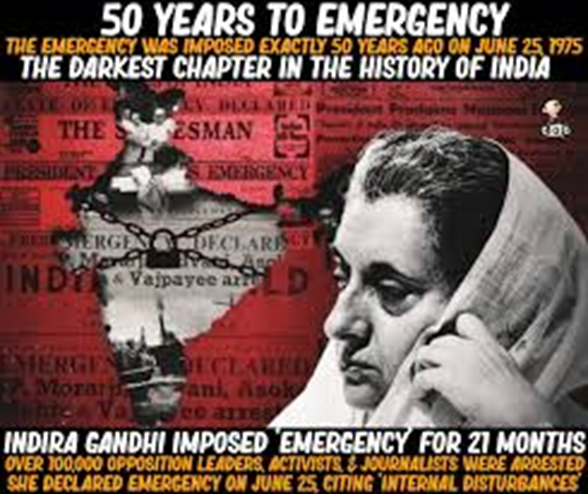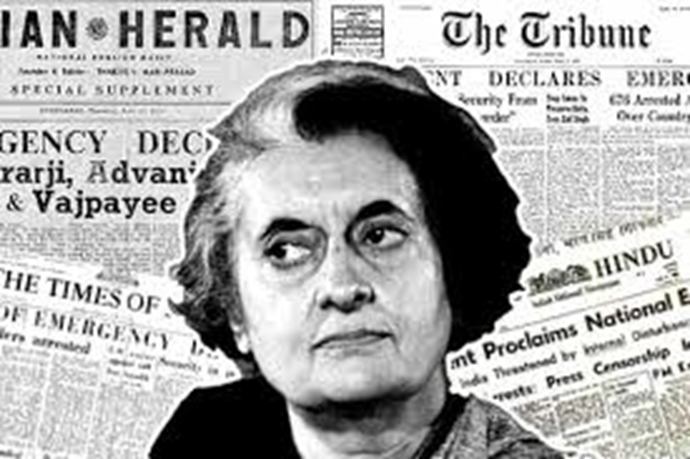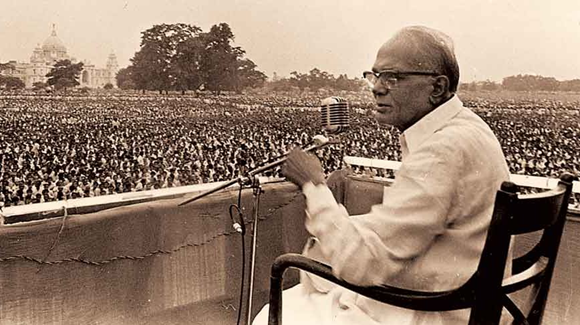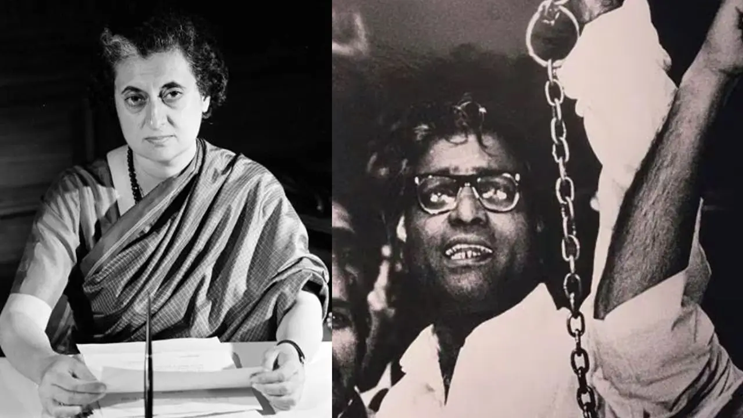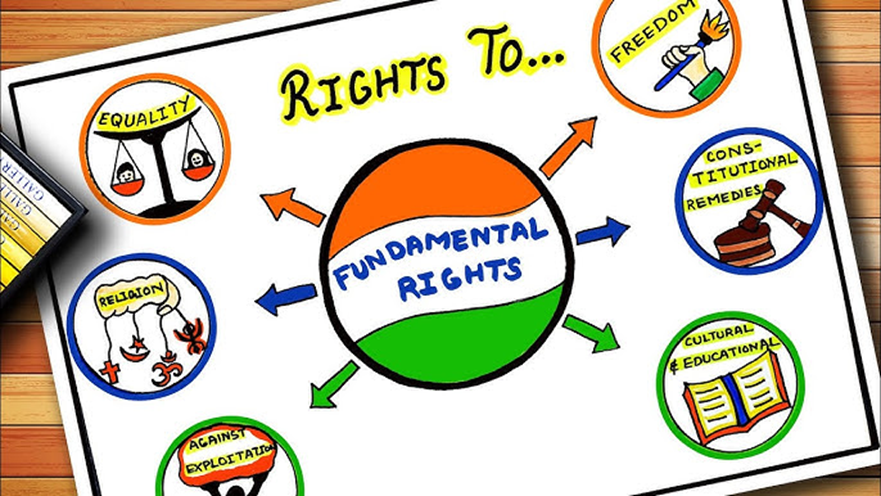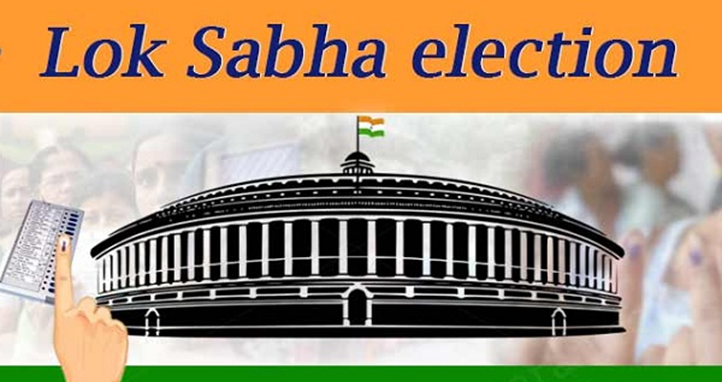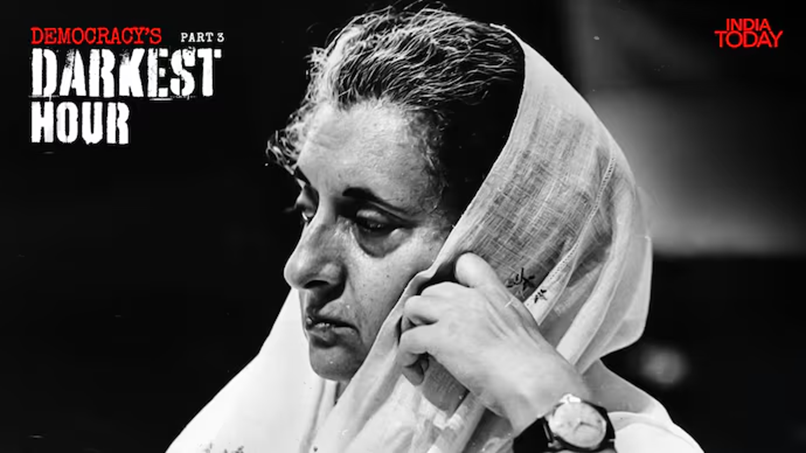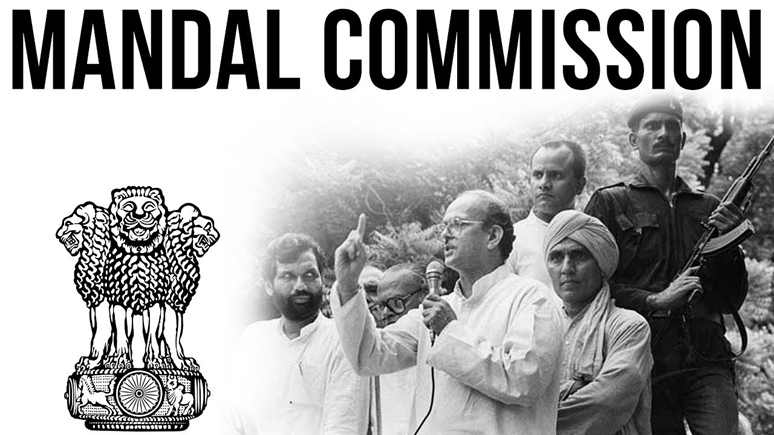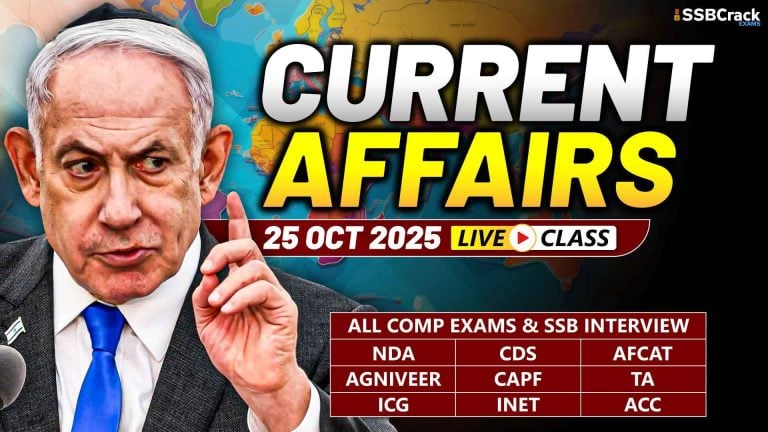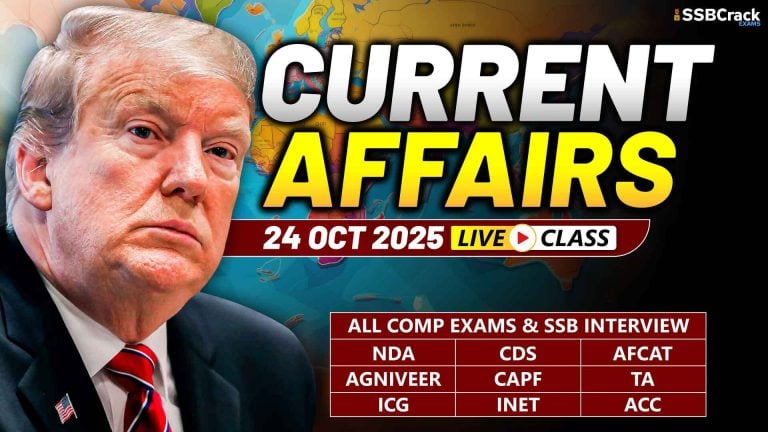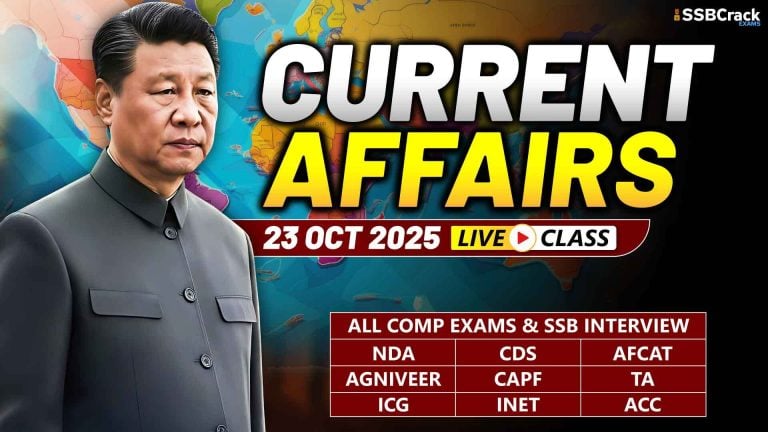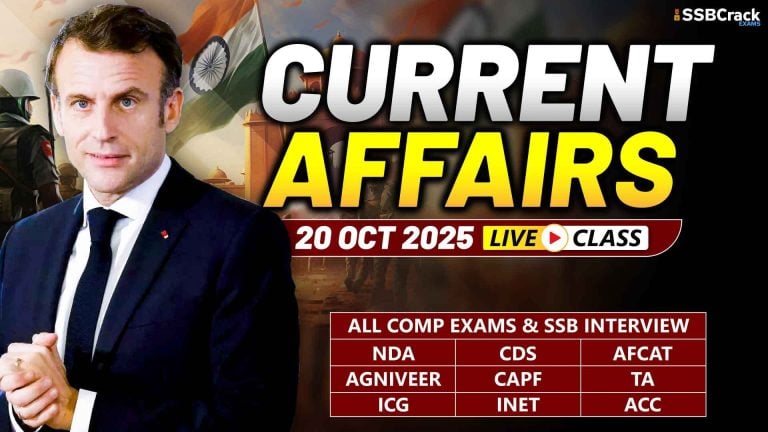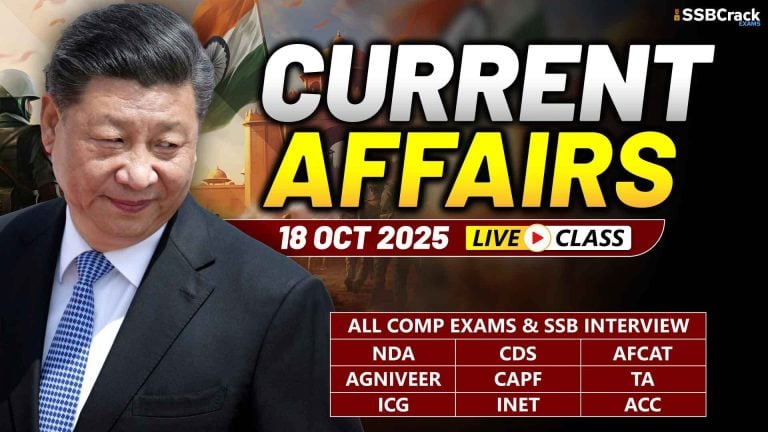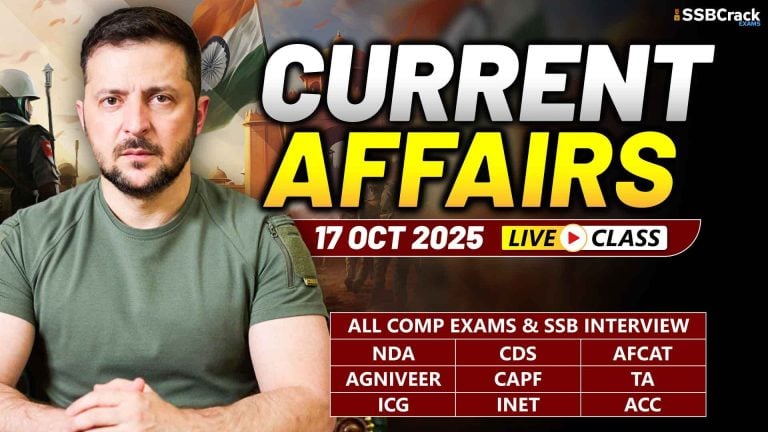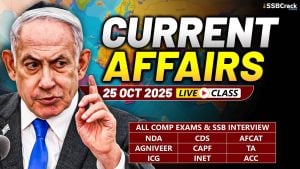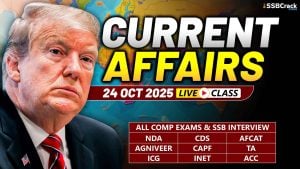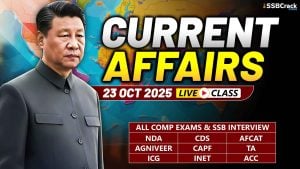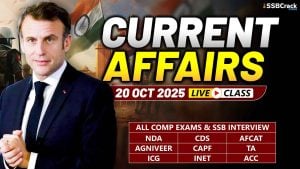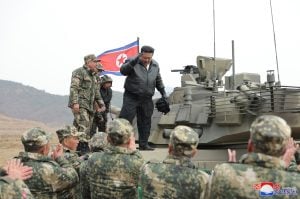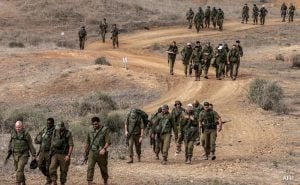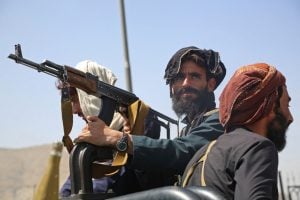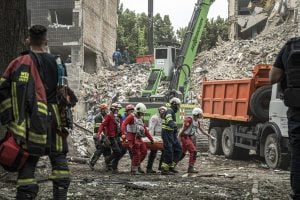In June 2024, the Modi government declared 25 June to be remembered as ‘Samvidhan Hatya Diwas’ (Constitution Murder Day) through an official gazette notification. On the midnight of 25 and 26 June, 1975, Prime Minister Indira Gandhi imposed an Emergency so that she wouldn’t have to step down after her election was declared null and void by the Allahabad High Court, which also disqualified her from contesting elections in future.
50 Years Of Emergency & It’s Lessons
Why In News
- In June 2024, the Modi government declared 25 June to be remembered as ‘Samvidhan Hatya Diwas’ (Constitution Murder Day) through an official gazette notification. On the midnight of 25 and 26 June, 1975, Prime Minister Indira Gandhi imposed an Emergency so that she wouldn’t have to step down after her election was declared null and void by the Allahabad High Court, which also disqualified her from contesting elections in future.
- This year marks the 50th anniversary of the most brutal assault on the Indian Constitution post-independence, which lasted until 21 March 1977.
In Indira Gandhi Emergency Explained
- The Emergency was imposed exactly 50 years ago on June 25, 1975. The 21-month period, one of the darkest chapters in the history of the Indian republic, saw the suspension of civil liberties, curtailment of press freedom, mass arrests, the cancellation of elections, and rule by decree. Here’s a brief history.
Historical & Social Context
- Indira Gandhi rode to power on an electoral landslide in 1971, but her government was rocked by crisis after crisis. Expenses incurred during the 1971 India-Pak war, droughts, and the 1973 oil crisis buffeted the Indian economy, causing hardship for the people. Corruption, misgovernance, and state excesses sowed further discontent.
- In February 1974, the Navnirman (Regeneration) students movement forced Congress Chief Minister Chimanbhai Patel to resign over corruption allegations. This inspired a students’ movement in Bihar which saw socialists and right wing organisations coming together to form the Chhatra Sangharsh Samiti.
- Jayaprakash Narayan, a Gandhian and hero of the Quit India Movement, eventually took the reins of this movement. His call for “sampoorna kranti (total revolution)”, first made on June 5 at Patna’s historic Gandhi Maidan, brought Bihar to a standstill.
- Earlier, in May 1974, socialist leader George Fernandes had led an unprecedented strike of railway workers that paralysed the Indian Railways for three weeks.
- Over the course of 1974 and early 1975, the JP Movement reverberated across the country. JP himself toured the country, much like Mahatma Gandhi during the Independence Movement, and channeled popular discontent against Indira.
- “Sinhasan khaali karo, ke janata aati hai (Vacate the throne, for the people are coming),” was JP’s rallying call during his rallies.
- On June 12, 1975, Justice Jagmohanlal Sinha of Allahabad High Court convicted Indira of electoral malpractice and struck down her election to Lok Sabha from Rae Bareli.
- As demands for her resignation grew louder, President Fakhruddin Ali Ahmed signed the Proclamation of Emergency late on the night of June 25. Electricity to newspaper offices was cut off, and people were informed of the Proclamation by Indira herself, through an address broadcast on All India Radio at 8 am on June 26.
Indira’s Rule By Decree
- Emergency, which lasted until March 21, 1977, saw the Indira’s government use special provisions in the Constitution to impose sweeping executive and legislative consequences on the country.
- The federal structure was converted into a de facto unitary one. State governments were not suspended, but they were effectively brought entirely under the Centre’s control. Parliament made laws on subjects in the State List, and the President, with parliamentary approval, modified constitutional provisions on the allocation of financial resources between the Union and states.
- Almost all opposition leaders, including JP, were imprisoned. Roughly 1.12 lakh people were detained under draconian laws like the Maintenance of Internal Security Act (MISA), Conservation of Foreign Exchange and Prevention of Smuggling Activities Act (COFEPOSA), and Defence of India act and Defence of India rules (DISIR).
- With the Opposition in jail, Parliament passed a slew of Constitutional Amendments. The 42nd Amendment of 1976 took away the judiciary’s right to hear election petitions, widened the authority of the Union to encroach on State subjects, gave Parliament unbridled power to amend the Constitution, and made laws passed by Parliament to implement directive principles of state policy immune to judicial review.
- Fundamental rights, including the freedom of speech and expression guaranteed under Article 19(1)(a), were curtailed. Newspapers were subjected to pre-censorship. More than 250 journalists, including Kuldip Nayar of The Indian Express, were jailed.
- While most newspapers bent, some like The Indian Express resisted the Emergency, fought the regulations in court, and published blank spaces on their pages instead of pre-censored stories. As this newspaper’s former proprietor Ramnath Goenka once said: “The hard fact is that if we went on publishing, The Indian Express may be called a paper, but cannot be a newspaper”.
- On the pretext of addressing the issues that ailed India, Indira’s son Sanjay Gandhi pushed a “five-point programme”, which included family planning and clearance of slums. In April 1976, bulldozers moved to clear the slums near Turkman Gate in Delhi — as locals protested, police opened fire and killed many.
- Family planning targets, especially in North India, led to forced sterilisations. Government officials were forced to submit to the surgeon’s knife before arrears of pay were cleared. Truck drivers could not have their licences renewed without a sterilisation certificate. Sometimes, people were simply picked up from their homes or the streets to meet sterilisation targets. During one such drive on October 18, 1976, police fired on people protesting forced sterilisations in Muzaffarnagar, UP, killing at least 50.
- In 1976, the year Lok Sabha elections were set to be held, Parliament extended its term by a year.
Emergency Uplifted
- For no apparent reason, Indira decided to lift the Emergency early in 1977. Some say she was convinced she would win the next election; others believe better sense prevailed.
- As it happened, Indira and her party were routed in the election of 1977. The Janata Party — the product of the merger of the Jana Sangh, Congress (O), the socialists and Bharatiya Lok Dal — came to power, and Morarji Desai became India’s first non-Congress PM.
- Many Constitutional changes effected during the Emergency were reversed. While the provision itself was retained, the Janata government made it very difficult for a future PM to repeat Indira’s actions.
- Judicial review of a Proclamation of Emergency was made possible again, and it was made mandatory for such a Proclamation to be passed in both Houses of Parliament by a special majority — a majority of the total strength of the House and not less than two-thirds of members present and voting — within a month.
- The 44th Amendment replaced the words “internal disturbance” as a ground for the imposition of Emergency with “armed rebellion”.
- Emergency’s enduring legacy
- The post-Emergency Parliament saw the coming together of the social forces behind the Jana Sangh and the socialists — the Hindutva upper castes, and the Lohiaite agrarian and artisanal castes.
- The Janata government appointed the Mandal Commission to look into OBC quotas, which eventually propelled the rise of the OBCs in North India.
- The Emergency also gave India a crop of young leaders who would dominate politics for several decades — Lalu Prasad Yadav, George Fernandes, Arun Jaitley, Ram Vilas Paswan, and many others.
- Most importantly, the Emergency marked the beginning of the end of the Congress’ one-party hold over the country. While the collapse of the Janata experiment in 1979 demonstrated the limits of anti-Congressism at the time, the Emergency set in motion political forces and processes, which in many ways culminated with the decimation of the Congress in 2014.
